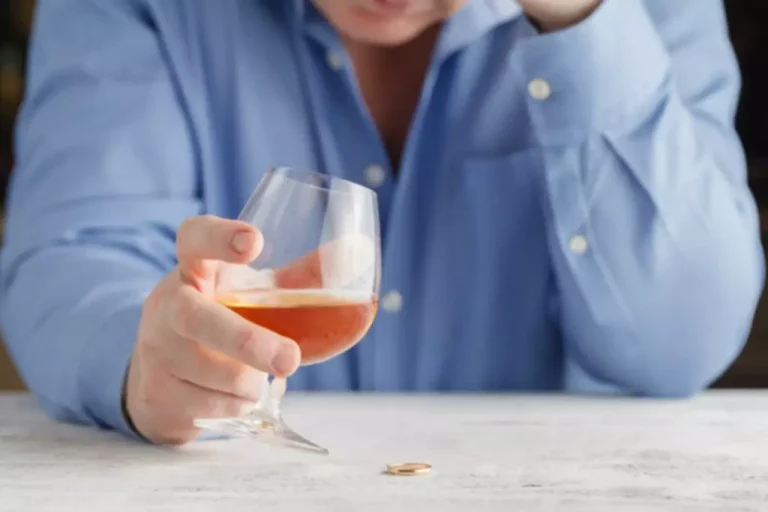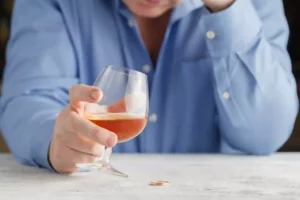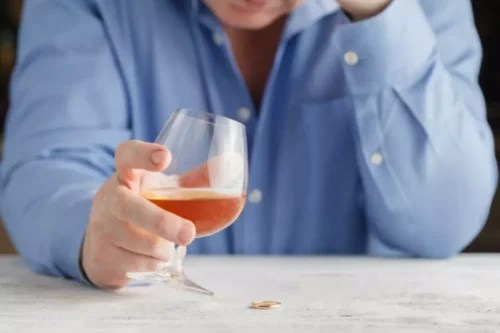
The principles of MI include expressing empathy through reflective listening, developing discrepancy between patients goals or values and their current behaviors, avoiding argument and direct confrontation, adjusting to client resistance and supporting self-efficacy and optimism. In conclusion, BIs can be an effective first level of treatment offered to drug and alcohol clients16 and because of their low cost and cost-effectiveness, BIs are consistent with a public health treatment approach in substance use disorders. Psychosocial interventions can be used in a variety of treatment settings either as stand-alone treatments or in combination with pharmacological intervention. They can be implemented individually or in groups and delivered by a range of health workers. Psychosocial treatments are cbt interventions for substance abuse considered to be the foundation of drug and alcohol treatment, especially for substances where pharmacological treatments have not been sufficiently evaluated. The main criterion of effectiveness is that a psychological therapy leads to either a reduction in, or abstinence from, that substance and improvements across a broad range of areas of functioning, which include physical health, psychological health, human immunodeficiency virus and hepatitis risk behaviors, interpersonal relationships, employment and criminal behavior.

Financial support and sponsorship

Recovery from addiction is a challenging journey, filled with both triumphs and setbacks. However, recent findings have shown that Cognitive Behavioral Therapy (CBT) is a powerful tool for preventing relapse and sustaining recovery. Mindfulness, is drawn from Zen Buddhist teachings and refers to viewing things in a special way. The mechanisms of mindfulness include being non-judgemental, acceptance, habituation and extinction, relaxation and cognitive change35.
How is CBT used in Group Therapy?

They may deny that they have a problem with alcohol and other drugs, and not truly engage in the therapy process at all. The therapist’s understanding of the patient’s stage of change will be vital in helping them know just how directive to be, without going too far for a particular patient to tolerate at a given time in treatment. This sort of sensitivity may allow therapists to get the maximum out of treatment with patients who are most motivated, while retaining less motivated patients in treatment until such time as they begin to feel more a sense of ambition in dealing with their problem. If you plan to treat patients suffering from substance misuse disorders, I have good news and bad news.
Cognitive strategies in managing addictive behaviours
CBT is one of the most researched forms of treatments, so there is an abundance of evidence and support for its use with a variety of mental conditions, including alcohol and substance use disorders. More than 53 randomized controlled trials on alcohol and drug abuse were examined to assess the outcomes of CBT treatment. One outcome of the Blending Initiative was the inception of the Clinical Trials Network (CTN), a 17 site regional research and training center which collaborates with many community treatment programs to study the effectiveness of specific interventions in diverse community settings and patient populations.

How and for Whom Does Cognitive Behavioral Therapy for AOD Work?

Theoretical constructs such as self-efficacy, appraisal, outcome expectancies related to addictions arising out these models have impacted treatment models considerably. Similar limitations occurred in a Swiss study of an 8-module internet-based program encompassing CBT and MI called Snow Control for individuals reporting cocaine use at least https://ecosoberhouse.com/ 3 times in the past 30 days (Schaub, Sullivan, Haug, & Stark, 2012). Participants were randomly assigned to the Snow Control program or an 8-session online psychoeducation control. Treatment engagement was very low, with only 18/96 (19%) allocated to the Snow Control program accessing a module and only 8 of the 100 allocated to control.
Others are more ambivalent, and may waver in their willingness to take part in treatment. Similarly, patients who are uncertain about giving up drinking and drugging may present for treatment with the goal of “cutting back” on alcohol and other drugs. Such patients may disagree that they will need to eliminate their use of psychoactive chemicals, and may decide to leave therapy if the therapist insists that the goal must be abstinence. Of course, there are some patients who are remanded for treatment who otherwise would not seek treatment on their own.
- As you start healthier thoughts and behaviors, you start associating them with healthier emotions, and this can start to become second nature the more you do it.
- The establishment of job-based reinforcements have been introduced as alternatives to aid the clinical adoption of these methods.21, 22Also, contingency management strategies have also been incorporated into couple’s interactions (utilizing the reinforcers available to the couple) to aid the reduction of drug use (see below).
- A significant statistical connection exists between post-traumatic stress disorder (PTSD) and addiction.
- Cognitive behavioral therapy, especially when integrated with trauma-informed care, has proven to be a beacon of hope for individuals battling addiction.
- Several behavioural strategies are reported to be effective in the management of factors leading to addiction or substance use, such as anxiety, craving, skill deficits2,7.
- Oxford Treatment Center is a leading outpatient and inpatient drug and alcohol rehab in Mississippi.
- Large-scale trials, however, demonstrate meaningful change from baseline with effect sizes in the moderate range (e.g).23,31,44,45 Secondary measures of psychosocial functioning (eg, cognitive changes, mental health and health indicators, quality of life) are typically collected in clinical trials but have not been a focus in the recent CBT for AOD review literature.
- Where no substitute prescribing treatments are available with substances such as cannabis and cocaine, there is evidence that psychological treatment alone can be effective in changing patients substance using the behavior.
- There can be a wide range of thoughts like these, but all of them point to a smattering of automatic thoughts that may come up when faced with stressors, triggers, or cravings to use.
However, a seminal review by Morgenstern and Longabaugh (2000) concluded there was very little support for improvement in coping skills as a unique mechanism in CBT for alcohol use disorder. In the years since, some promising evidence has emerged supporting the acquisition and improvement in cognitive and behavioral control skills, as well as self-efficacy, as mediators (and potential mechanisms) of CBT’s effect on treatment outcomes. For example, improvement in the quality of individuals’ coping skills following computerized CBT was found to mediate treatment effects on abstinence from drugs, satisfying all criteria in the causal chain (Kiluk, Nich, Babuscio, & Carroll, 2010b). Also, increased self-efficacy has been found to mediate the relationship between drink refusal training (a specific ingredient of CBT) and drinking outcomes (Witkiewitz, Donovan, & Hartzler, 2012). Despite these findings, many trials have not found CBT to enhance coping or self-efficacy to a greater degree than comparison conditions, raining questions about the uniqueness of these mechanisms (Litt et al., 2008).
Clinical Elements of CBT for SUDs
- 56 Alternatively, patients without co-occurring psychological disorders may face different barriers and skills deficits, such as difficulty refusing offers for substances or a perceived need for substances in social situations.
- SST is particularly useful when patients return to drinking due to social pressures.
Her area of expertise includes writing on addiction challenges, providing guidance on treatment procedures, and addressing co-occurring mental issues. You can also encourage clients to replace addiction with healthy hobbies and transformative activities to uplift the recovery experience. Those whose keys fit into the lock can sit together and discuss their challenges and offer insights into the recovery journey. People opting for group therapy and support groups are often looking for peers to offer guidance and support in their recovery journey.
- His father and maternal uncle were heavy drinkers (predispositions to drinking, social learning).
- CBT4CBT (computer based training in cognitive behavioral therapy) covers seven key cognitive behavioral skills, or ‘modules’, (functional analyses, coping with craving, refusing offers of drugs or alcohol, problem solving skills, recognizing and changing thoughts, decision making skills, and HIV/HCV risk reduction).
- Patterns of movement through the various stages are categorized as stable, progressive or unstable11.
- CBT uses a variety of coping skills to help you recognize and restructure unhealthy thought and behavioral patterns.5,13 During your initial assessment for alcohol use disorder, your therapist will help you to identify underlying triggers and unhealthy coping skills that are connected to your alcohol use.
- SBNT was developed specifically for trial on the basis of evidence that support from family and friends are helpful in overcoming alcohol problems.
Other Supplemental Therapies for Drug and Alcohol Addiction
You and your therapist will learn how to discover patterns in your thinking that are unhealthy, and how these thoughts have a negative impact on your behaviors and your own beliefs. Let’s dive into the list of CBT group activities for adults recovering from substance use disorder and mental health issues. Cognitive behavioral group therapy aims to create a collaborative environment that fosters emotional and mental well-being. Our list of top 10 CBT group activities is designed to help you manage stress, build a positive perspective, overcome triggers, maintain sobriety, and help you overcome addiction treatment challenges in an uplifting environment. A relative limitation of CM is the availability of funds for providing the reinforcers in clinical settings. The establishment of job-based reinforcements have been introduced as alternatives to aid the clinical adoption of these methods.21, 22Also, contingency management strategies have also been incorporated into couple’s interactions (utilizing the reinforcers available to the couple) to aid the reduction of drug use (see below).
